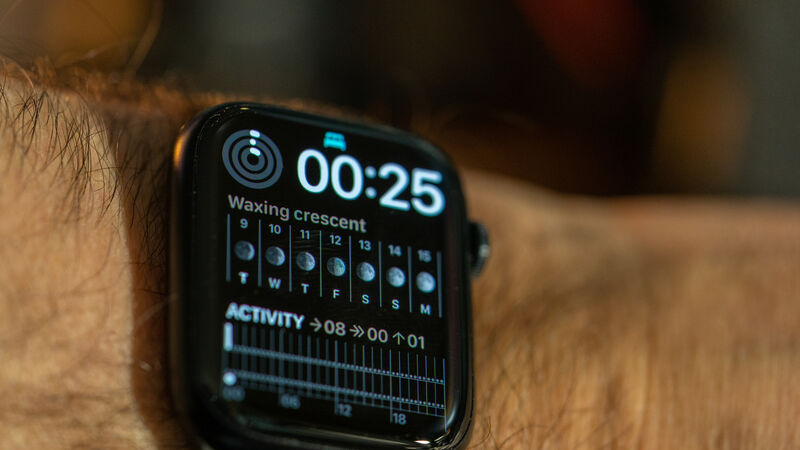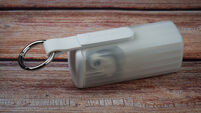Apple seeks blood glucose breakthrough for the Watch

Adding the monitoring system to the Apple Watch, the ultimate goal, would also make the device an essential item for millions of diabetics around the world.
Apple has a moonshot-style project underway that dates back to the Steve Jobs era: Noninvasive and continuous blood glucose monitoring.
The goal of this secret endeavour — dubbed E5 — is to measure how much glucose is in someone’s body without needing to prick the skin for blood. After hitting major milestones recently, the company now believes it could eventually bring glucose monitoring to market, according to people familiar with the effort.
If perfected, such a breakthrough would be a boon to diabetics and help cement Apple as a powerhouse in health care. Adding the monitoring system to the Apple Watch, the ultimate goal, would also make that device an essential item for millions of diabetics around the world.
There’s still years of work ahead, but the move could upend a multibillion-dollar industry.
Apple's approach is to use a chip technology known as silicon photonics and a measurement process called optical absorption spectroscopy. The system uses lasers to emit specific wavelengths of light into an area below the skin where there is interstitial fluid — substances that leak out of capillaries — that can be absorbed by glucose.
The light is then reflected back to the sensor in a way that indicates the concentration of glucose. An algorithm then determines a person’s blood glucose level. Hundreds of engineers are working on the project.
The company has tested the glucose technology on hundreds of people over the past decade. In human trials, it has used the system with people who don’t know if they’re diabetic, as well as people with pre-diabetes and Type 2 diabetes. It has compared its own technology to standard tests on blood drawn from veins and samples taken from a prick in the skin, known as capillary blood.
The company believes the technology is viable but needs to be shrunk down to a more practical size. Engineers are working to develop a prototype device about the size of an iPhone that can be strapped to a person’s bicep.
One of Apple’s goals for the technology is to create a preventative measure that warns people if they’re pre-diabetic.











